Entering the third quarter of 2024, the most obvious sign is that the market begins to recover as new projects are continuously launched by businesses. However, in the fourth quarter, the market still faces many difficulties.
 |
| The Southern real estate market in the fourth quarter is expected to face many difficulties. |
The market begins to recover
In the first 8 months of 2024, the market recorded significant signs of recovery compared to the 2022 - 2023 period, but unevenly between segments.
Land segment
In the market of Ho Chi Minh City and surrounding areas in the first 8 months of 2024, the land segment recorded 14 projects opened for sale (3 new projects, 11 projects in the next opening phase).
Market supply reached 787 products, down 46% over the same period in 2023 (1,454 plots).
The absorption rate on new supply reached about 30%, equivalent to 237 successfully traded products, down 58% compared to the same period in 2023 (559 transactions).
Townhouse/villa segment
In August 2024, the townhouse - villa market in Ho Chi Minh City and surrounding areas recorded 16 projects opening for sale (3 new projects, 13 projects in the next opening phase).
Market supply reached 1,333 products, recording a 2-fold increase compared to the same period in 2023 (659 products).
The absorption rate of new supply reached 61%, equivalent to 817 successfully traded products, an increase of 3.5 times over the same period in 2023.
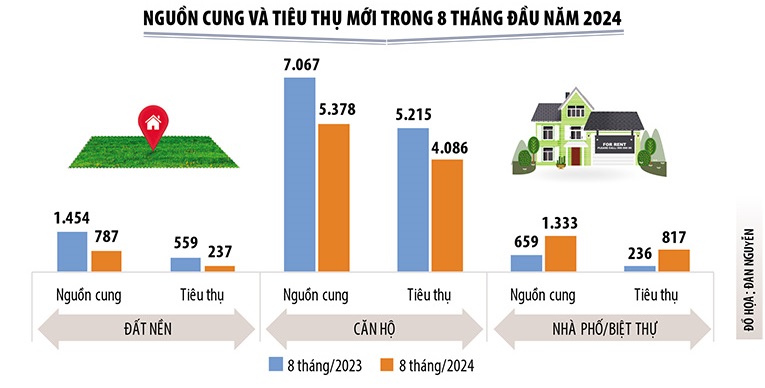 |
Apartment segment
The apartment segment in Ho Chi Minh City and surrounding areas recorded 30 projects opening for sale in 8 months, including 7 new projects, the rest are the next phases of previously opened projects.
New supply to the market reached 5,378 units, down 24% year-on-year in 2023, mostly the next phases of projects, concentrated mainly in Ho Chi Minh City and Binh Duong .
The absorption rate reached 76% of the newly launched supply, with 4,086 successful transactions, down 22% year-on-year.
Resort real estate
For the resort real estate segment, the market has not recorded many signs of improvement in the short term. Although supply has increased in some segments (resort villas and condotels), consumption is still quite modest and only locally concentrated in some projects.
For the residential real estate segment, the primary selling price level has not fluctuated much compared to the beginning of the year. The secondary market liquidity recorded signs of recovery, but concentrated mostly in projects that have been handed over, have completed legal procedures, and are conveniently located to connect to the city center. For the resort real estate segment, the secondary selling price has decreased sharply, many investors accept a loss of 20%, even 30%, but it is still very difficult to liquidate.
Market challenges in the fourth quarter
Global economic growth in 2024 is forecast to decrease compared to 2023. The World Bank (WB) forecasts global economic growth in 2024 to reach 2.4%, the lowest in 3 consecutive years. The Organization for Economic Cooperation and Development (OECD) stated that global GDP growth in 2024 will reach 2.9%, lower than 3.1% in 2023.
Regarding trade, the International Monetary Fund (IMF) forecasts world trade growth to reach 3.3% in 2024, lower than the average of 4.9% in the period 2000 - 2019. Increased trade tensions and geo-economic fragmentation are expected to continue to weigh on global trade growth in 2024 as countries have imposed around 3,000 restrictions in 2023 (1,100 restrictions in 2019).
Meanwhile, by the end of 2023, total global debt will reach $313 trillion and the global debt-to-GDP ratio will reach 330%. This is a record high and alarming for the global economy.
Regarding the market, the imbalance between supply and demand has been a difficult problem for the market in the past decade. New supply is mainly in the high-end and luxury segments, lacking affordable housing and social housing to serve the real housing needs of the majority of people. In addition, market demand has increased, but remains low (both primary and secondary markets). There are many reasons why the real estate market has recovered more slowly than expected, in which the "waiting" mentality of investors is considered the main reason affecting the recovery process. This is clearly shown in the fact that, although mobilization interest rates remain low, the amount of bank deposits in the first 3 months of the year still reached a record high, up to 14 million billion VND.
Regarding legal policies, difficulties in project licensing continue to put pressure on businesses as well as new supply to the market, typically in the first 3 months of the year. In addition, legal settlement in recent times has not made much progress, especially for projects with interspersed land. According to statistics, currently, in Ho Chi Minh City alone, there are 126 projects affected by legal progress and construction progress related to interspersed public land. Although this issue has been regulated in Decree 148/2020/ND-CP or currently the Land Law 2024, it has not been able to be cleared and resolved thoroughly. In addition, the calculation of land use fees still has many problems, which is the cause of 60-70% of legal problems of projects in recent times nationwide.
The Land Law, Housing Law, and Real Estate Business Law have been passed, but there is still a need for guiding circulars and decrees to ensure effective implementation in practice.
In terms of capital, many real estate businesses are facing difficulties, especially those with high bond debt. According to statistics, the amount of corporate bonds maturing in 2024 is up to more than 300,000 billion VND, of which real estate bonds alone are more than 130,000 billion VND.
This is a huge number in the current difficult liquidity situation of the real estate market. In addition, the project's legal status is stagnant, making it difficult for businesses to access new loans from banks.
Market shifts
For the real estate market to recover, it is indispensable to have the support of positive signals from the economy. Accordingly, Vietnam's economic growth in 2024 is forecast to reach 6-6.5%, striving to reach 7% according to Resolution No. 108/NQ-CP of the regular Government meeting in June 2024 and the Government's online conference with localities. This creates momentum for the economy in general and the real estate market in particular.
In addition, the positive signal from import-export turnover is also a notable bright spot when the total value of import-export goods of the whole country in the first 8 months of 2024 reached 511.11 billion USD, an increase of 16.7% over the same period in 2023. Of which, exports reached 265.09 billion USD, imports 246.02 billion USD, trade surplus 19.07 billion USD. Thereby, creating a trade surplus as well as increasing foreign currency sources for the country.
In the capital market, domestic lending interest rates, although slightly increasing, are still maintained at a low level according to the direction of the State Bank.
From a market perspective, the recovery scenario of the real estate market can be observed more clearly in downtown areas, existing new urban areas, densely populated areas, full amenities or types of commercial real estate that can exploit cash flow from leasing...
Observing the current market, the transaction volume is mainly concentrated in the affordable housing real estate type serving the real housing demand which is always at a high level in big cities, conveniently located to connect to the center, with full legal documents, as well as clear construction progress. This is partly reflected in the outstanding transaction volume of class B and C apartment products in Ho Chi Minh City and neighboring provinces, accounting for 62% of the total consumption of new supply in the whole market in the first 5 months of this year.
This is partly thanks to investors thoroughly applying sales policies with many incentives that benefit customers, payment schedule policies, support for principal and interest grace periods, opening gifts, etc., to stimulate market demand in the context of general difficulties.
The low demand situation may continue until the end of this year. Accordingly, the residential real estate segment in large, densely populated cities such as Ho Chi Minh City and Hanoi will continue to attract market attention and spread to neighboring provinces. In particular, the apartment segment will maintain its leading position in supply and consumption of the entire market, while the land segment and adjacent townhouses/villas in existing, densely populated residential areas with synchronous infrastructure are also expected to have notable bright spots in the coming time.
Although the tourism industry has shown positive signs, with a total of 11.4 million international visitors in the first 8 months of 2024, an increase of 45.8% over the same period in 2023, the recovery of resort real estate is still not really commensurate. These real estate segments will still face many challenges, the recovery rate is slow and there is unlikely to be a breakthrough in the short term.
After going through the inevitable adjustment period from 2020 to early 2023, the real estate market has had solid stepping stones for sustainable development in the long term. Accordingly, the market in the last months of 2024 is likely to continue to have certain bright spots, but will still be at a moderate level. Clearer signs of improvement are expected to appear in the period between mid-2025 and early 2026, when the current backlog is thoroughly resolved.
Source: https://baodautu.vn/batdongsan/bat-dong-san-phia-nam-su-dich-chuyen-cua-thi-truong-d225415.html






![[Photo] Cat Ba - Green island paradise](/_next/image?url=https%3A%2F%2Fvphoto.vietnam.vn%2Fthumb%2F1200x675%2Fvietnam%2Fresource%2FIMAGE%2F2025%2F12%2F04%2F1764821844074_ndo_br_1-dcbthienduongxanh638-jpg.webp&w=3840&q=75)





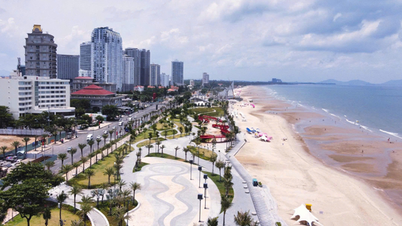

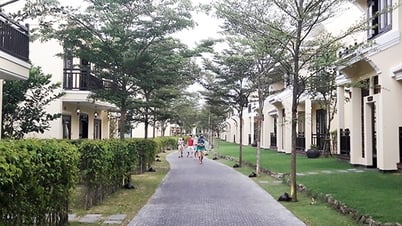



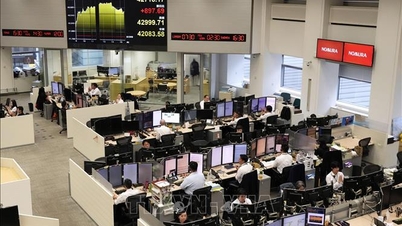



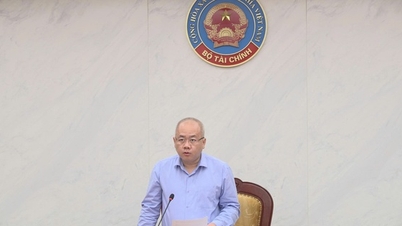



![[Infographic] Cross-calculated exchange rates to determine taxable value from December 4-10](https://vphoto.vietnam.vn/thumb/402x226/vietnam/resource/IMAGE/2025/12/04/1764832340841_infographic-ty-gia-tinh-cheo-de-xac-dinh-tri-gia-tinh-thue-tu-4-1012-20251204120447.jpeg)










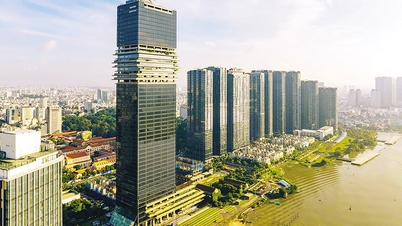



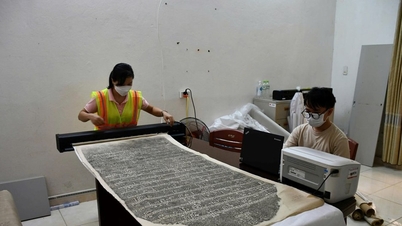





















![[VIMC 40 days of lightning speed] Da Nang Port: Unity - Lightning speed - Breakthrough to the finish line](https://vphoto.vietnam.vn/thumb/402x226/vietnam/resource/IMAGE/2025/12/04/1764833540882_cdn_4-12-25.jpeg)














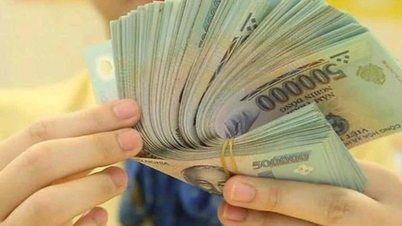






























Comment (0)